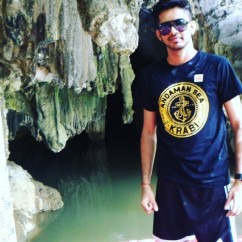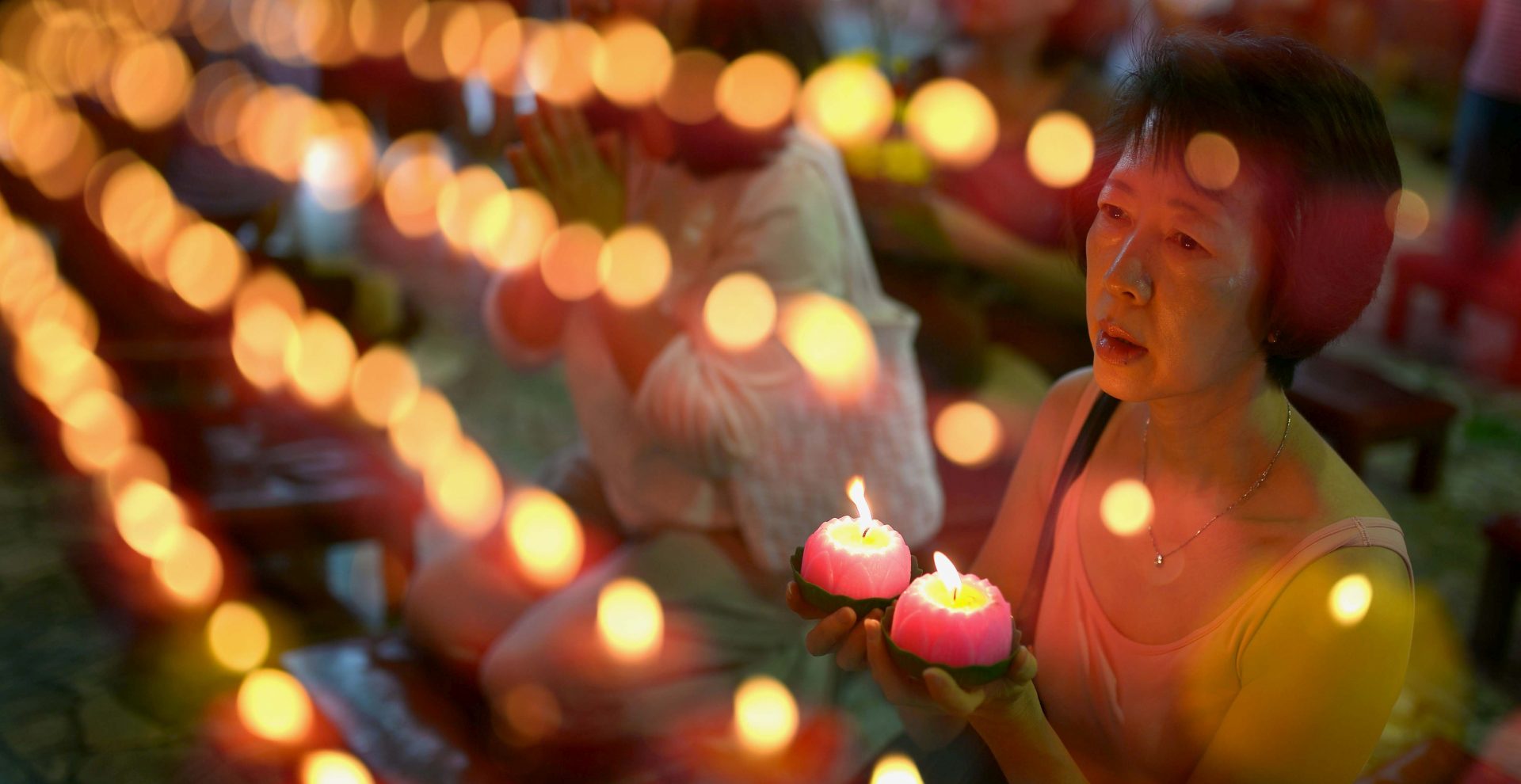Thousands of candles, scents of floral water, luminous floats, and lanterns call forth an unmissable celebration. On May 22, join in the festivities of Wesak Day in Penang!
If memory serves me right, it was under the shade of a big tree that I first witnessed colourful floats passing by, and I scurried the furthest forward when floral water splashed over the waiting crowd. As a kid, it was exciting to see rows of floats, adorned with fountains, lights, caricatures, and flowers, followed by parades of young and old devotees. As years went by, though my childhood has departed, my eagerness remains as the procession continues to be unfazed by modern measures, remaining rooted to its spiritual zeal. As a Penangite, this is one of the celebrations I don’t miss as it finds a precise balance between spirituality and community.
Just like any celebration, there will always be more to do – more gifts to buy, more things to admire, more people to see. But what sets Wesak Day apart is about not being overwhelmed by the common notion of a festival but rather paving the way to devotion and humility outlined by Buddhism. With Penang as a flagbearer for tradition and culture, Wesak Day comes to life in various aspects that one should not overlook.
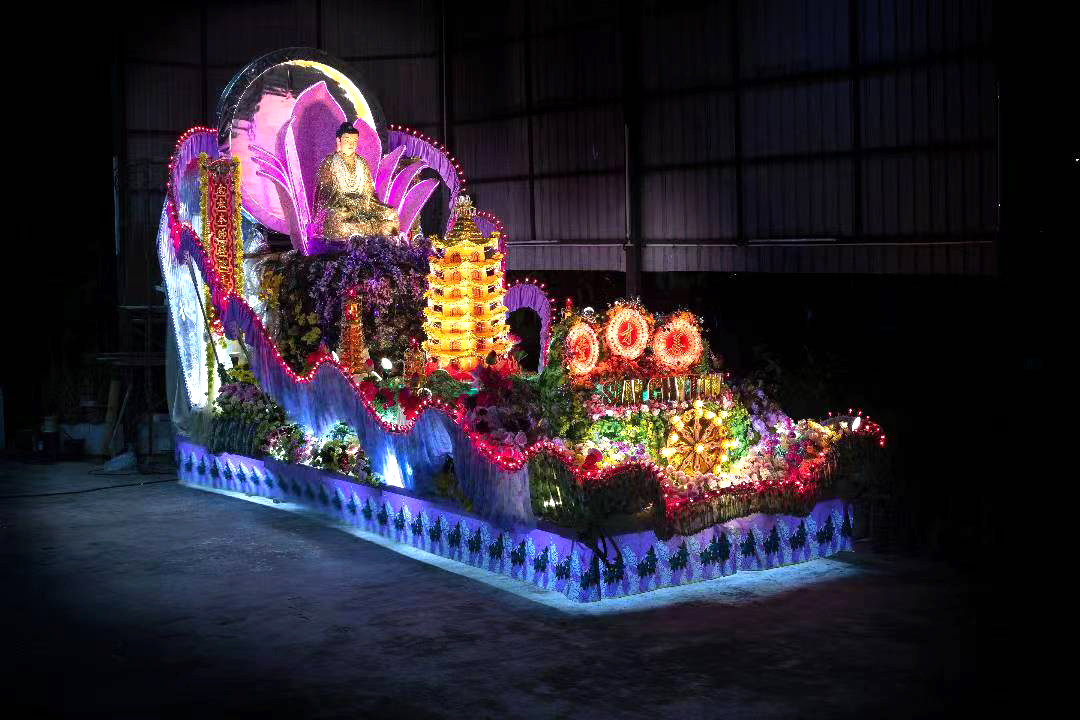
STORY OF SIDDHARTHA GAUTAMA
Wesak Day commemorates the triple occasions of Siddhartha Gautama’s birth (Buddha Jayanti), enlightenment (Buddha Purnima), and death (Parinibbana). In certain parts of the world, it is known as ‘Vesak’ and the name derives from the Sanskrit term Vaisakha. The holiday falls on a full moon and takes place anytime between late April and early June on the Gregorian calendar.
The history of Buddha dates back more than 2,500 years, taking root in northeastern India when Prince Siddhartha was born to a wealthy family in the region that we call Nepal today. Cocooned in luxury and wealth, he wasn’t aware of any setbacks or sorrows. However, one day he left home to explore the outside world and was shocked to see suffering, sickness, old age, and death. These things had never crossed his mind before, and they were something mankind couldn’t escape either. The scenes made him strongly re-evaluate his life. At the age of 29, the prince left the Royal Palace on a quest to understand the meaning of life. He took approximately six years to study his experiences and practised meditations on his travels. Buddhists believe that he found enlightenment upon meditating under a Bodhi tree. He was then named as the Buddha, which translates as ‘The Enlightened One.’
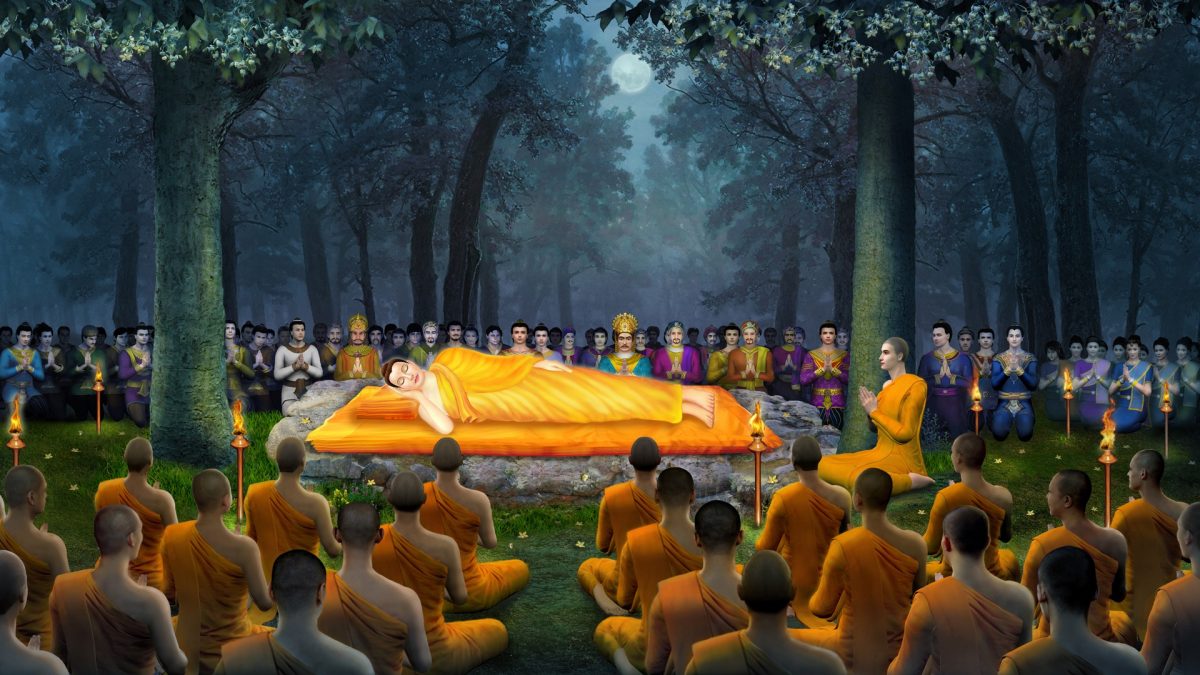
HISTORY OF WESAK DAY IN PENANG
Legend has it that the first Wesak Day in Malaysia was celebrated by the Singhalese community in Penang during the last decade of the 18th century. However, it was only gazetted as a public holiday in January 1962.
Before Wesak Day got bulletined as a day off, the Mahayana Chinese Buddhists celebrated Wesak on the eighth day of the fourth lunar moon, while the Theravada Sinhalese, Burmese and Thai groups observed on the Full Moon Day. Then, the British government mentioned that they would only consider Wesak Day as a public holiday if both the Theravada and Mahayana traditions agreed on the same date. As a result, 31 Buddhist temples and organisations had a meeting at the Penang Buddhist Association premises on the 1st of March 1949 and decided to celebrate Wesak Day on the first full moon of May.
This memorandum was submitted to then-British High Commissioner Sir Henry Gurney for consideration, and it was accepted. The colonial government declared Wesak Day as a public holiday on May 12, 1949, in Penang, Perak, Kedah and Melaka. Meanwhile, the remaining states saw Buddhist government servants receiving a holiday on the special day. Following Malaya’s Independence, the government of the Federation of Malaya declared Wesak Day as a national public holiday for the whole Federation in 1962. The first national holiday for Wesak Day was on May 18, 1962. This year, it falls on May 22.
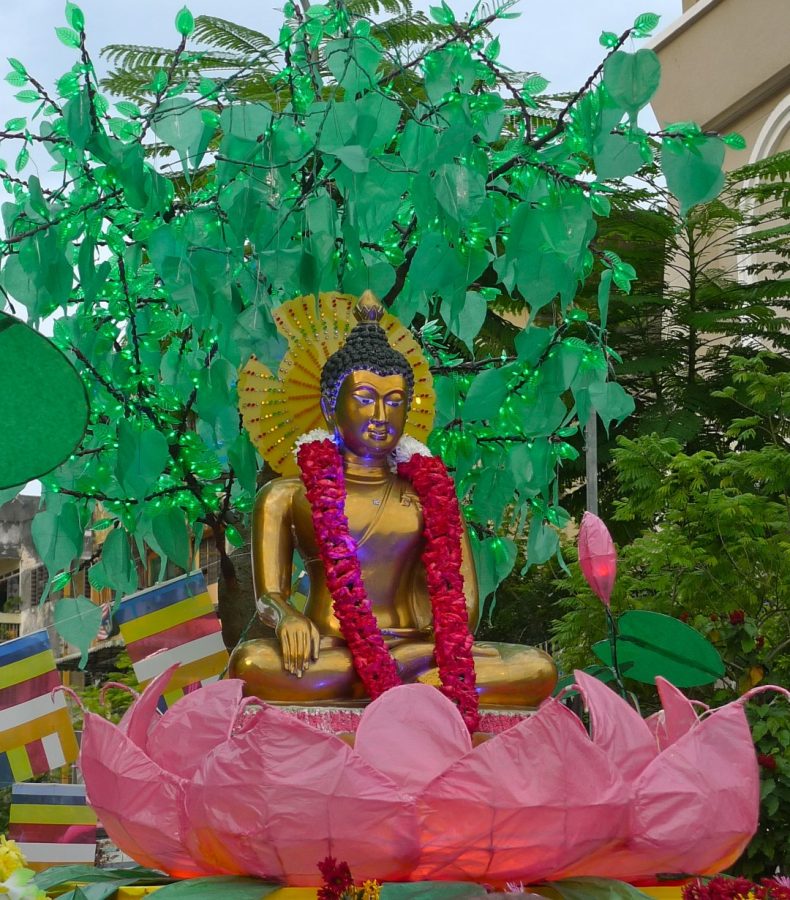
INTERESTING RITUALS
It is common to see devotees lining up towards a small Buddha statue in temples. Bathing the statue is a closely observed ritual as devotees pour water over the shoulders of Buddha as a reminder to them to purify their minds from hatred, greed and ignorance. Legend holds that when Queen Maya of Kapilavastu in India delivered Prince Siddhartha, the four Brahma kings appeared and proceeded to shower him with fragrant water.
Showing kindness is a bedrock of Buddhism and it comes to the fore during Wesak Day. Gifts such as fruits, flowers and food are offered at the main altar, in front of the Buddha statues as a sign of respect and gratitude. In some places, believers set free pigeons and tortoises as a symbolic gesture of releasing living beings from bondage. Perhaps the most aesthetic appeal comes from the rows of lotus-shaped candles lined before the statues. Additionally, temples would serve vegetarian food to the public as they honour all living creatures, and many Buddhists observe meat-free diets.
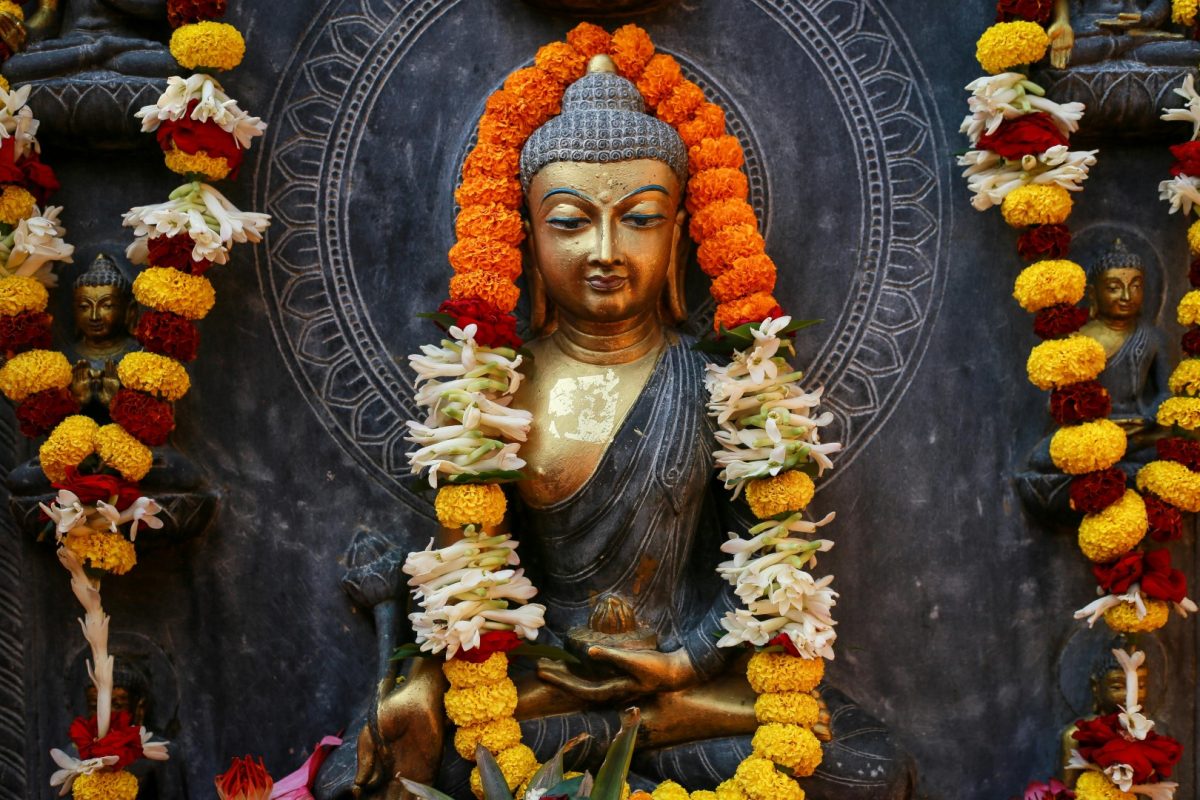
It’s wise to come with a pocket filled with coins since there will be donation bowls and boxes at the property. Each labelled with positive signs such as prosperity, happiness, love and luck, lures devotees to make a wish and place the coins in the respective containers. The Pagoda Penang Buddhist Association along Anson Road has a visually stunning pagoda sited on a pond, where devotees toss coins into the dedicated bowls.
CROWD-PULLING PROCESSION
Wesak Day’s procession has harboured a solid reputation for being one of the most spectacular parades in Penang. Thousands of people gather along both sides of the road to witness the decorated floats plying through the streets of George Town. This annual procession has been organised in Penang since 1949 and runs entirely through volunteers and donations. The procession kick starts in the evening from the Malaysian Buddhist Association (MBA) at Burmah Road. Devotees of all ages sing and chant as they follow the floats on the 7km long procession.
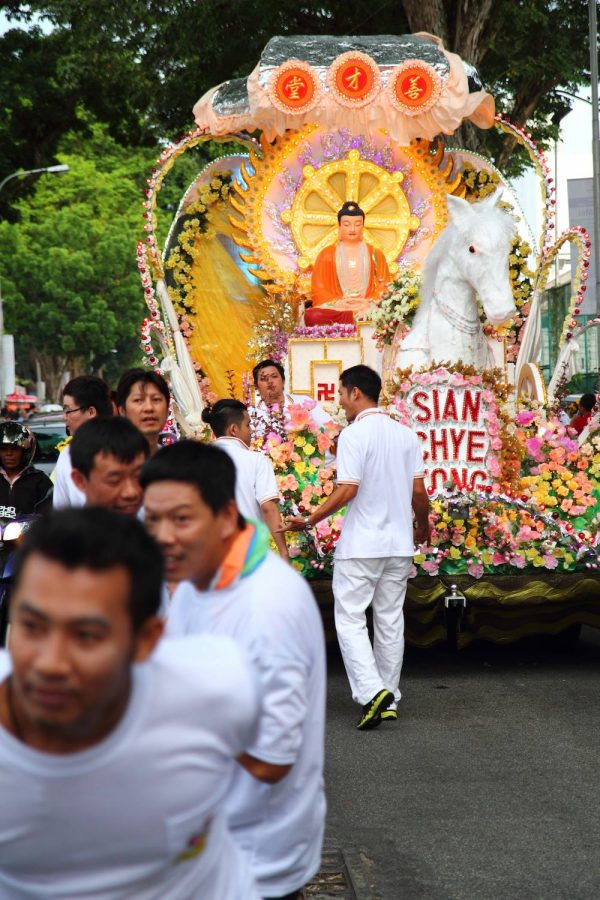
Buddhist devotees from all walks of life participate by following the procession that passes through various streets. Beautiful floats decorated with colourful flowers and bright lights are accompanied by disciples, singing and chanting prayers along the way. The floats come with names of the different societies and temples they represent, and each has its own artistic lure. Buddha statues in varied sizes, water fountains, flowers, flags and lights on the floats are a feast to the eyes. Monks sitting on the floats would splash holy water onto passing devotees. From MBA, the parade passes by Pangkor Road, Kelawai Road, Perak Road, Macalister Road, Lebuhraya Peel, Anson Road and Madras Lane before returning to the origin point after approximately four hours.
TEMPLES DRIPPING WITH HERITAGE AND HISTORY
Wat Chayamangkalaram is the oldest Siamese temple in the country and is known for its reclining Buddha statue. Measuring 33 metres in length, this posture portrays the final moment of the life of Buddha when he was in Kushinagar, India. He knew his death was approaching and ordered his disciples to prepare a couch for him. The temple has various caricatures and artistic touches, particularly two gigantic dragons that guard the main altar’s entrance. Go through rows of urns of devotees, some of them are centuries old, and it is said that these ancestral spirits remain to protect the temple.
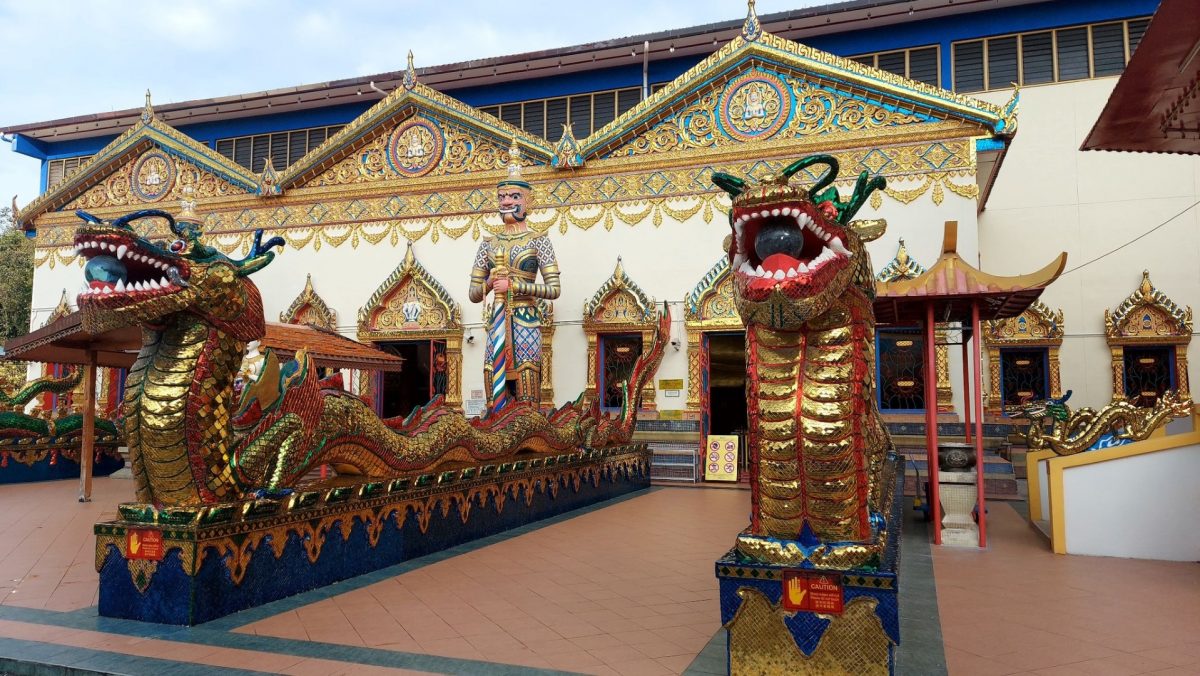
Right opposite Wat Chayamangkalaram is the Dhammikarama Burmese Temple, the first Buddhist temple in Penang. This historical temple was built in 1805 and was formerly named as Nandy Moloh Burmese Temple. As per the temple’s record, the land was bought by a Burmese from the British for 390 Spanish dollars with official permission granted by Lt Governor Prince of Wales Island, George Leith Baronet. Walk in and around the temple and be fabled by a historical pagoda, a wishing pond, and gorgeous murals depicting the journey of Prince Siddhartha. Wander the length and breadth of the street in between these two temples as it would be a hive of activity.
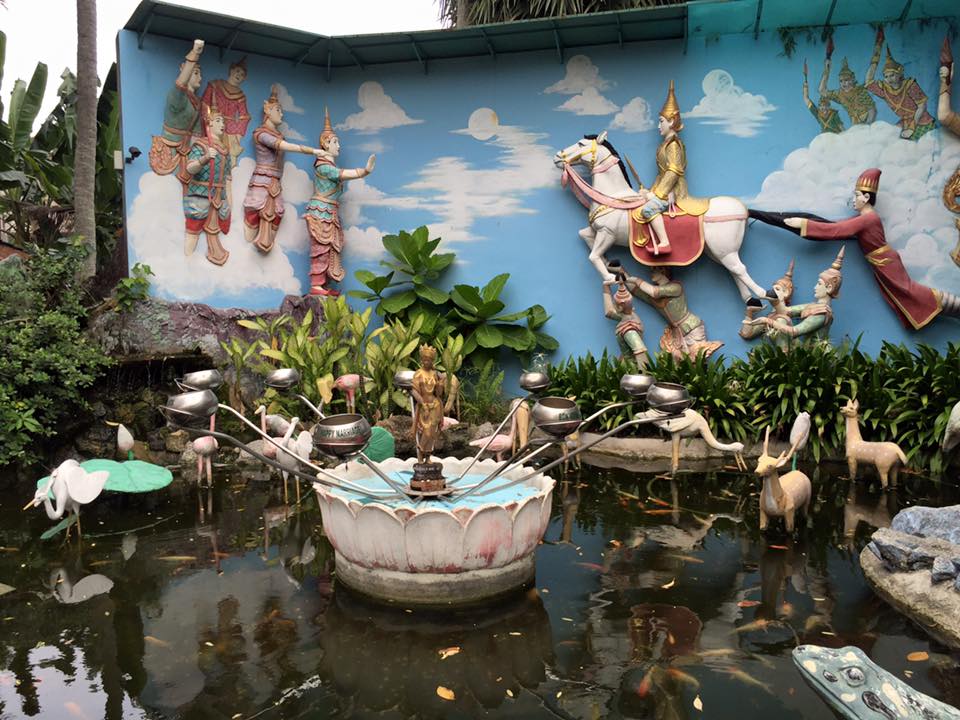
For an experience beyond George Town, consider visiting Sian Chye Tong Temple at Hye Keat Estate in Air Itam on the eve of Wesak Day. Watch the temple youth burn the midnight oil to complete their float, which is often looked forward to during the procession. Nevertheless, devotees take part in the Buddha-bathing ceremony on eve and this tradition has been ongoing for more than 40 years. Sited away from the hustle and bustle of the city, you get an instant aura of calmness.
By immersing ourselves in a celebration, particularly one that has been carried out for years, we embrace a nexus of traditions. You never know what experience, thought or moment will be waiting for you, and make a memorable Wesak Day.
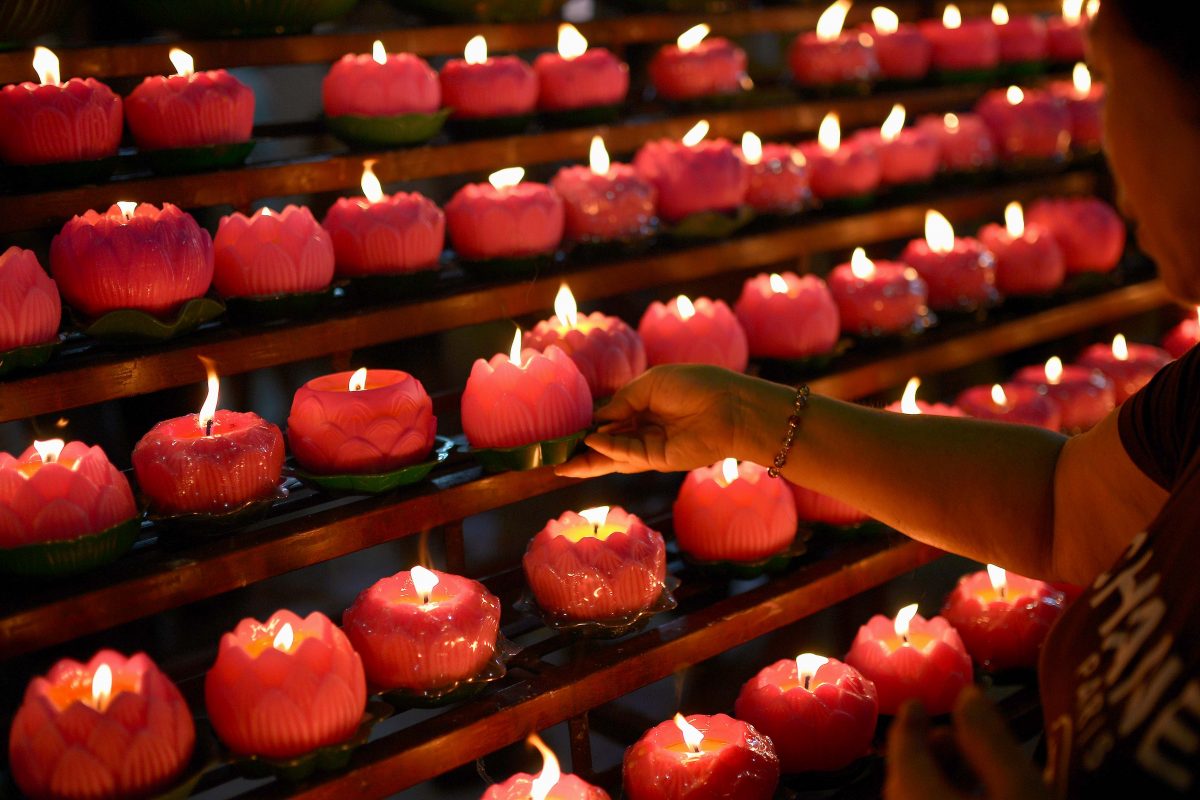
"ExpatGo welcomes and encourages comments, input, and divergent opinions. However, we kindly request that you use suitable language in your comments, and refrain from any sort of personal attack, hate speech, or disparaging rhetoric. Comments not in line with this are subject to removal from the site. "

